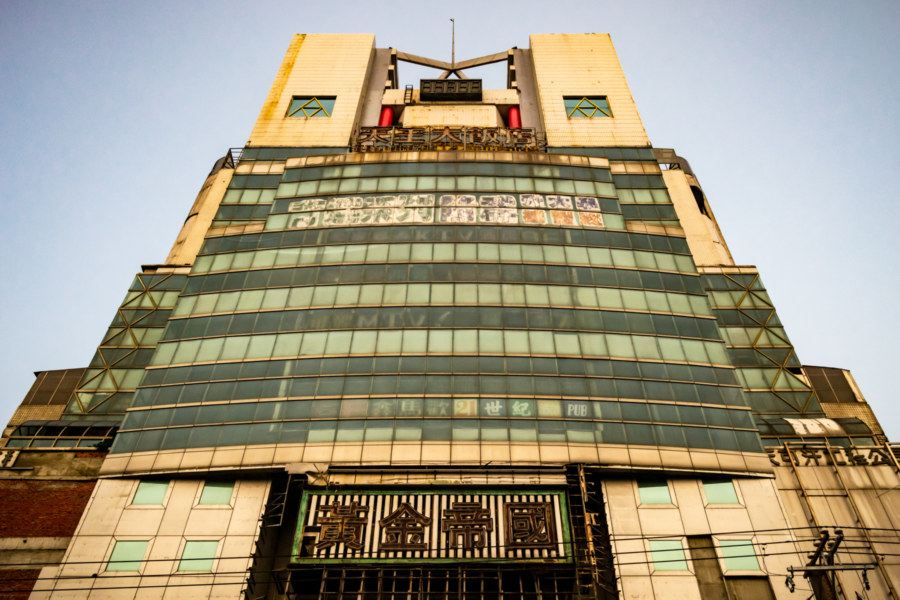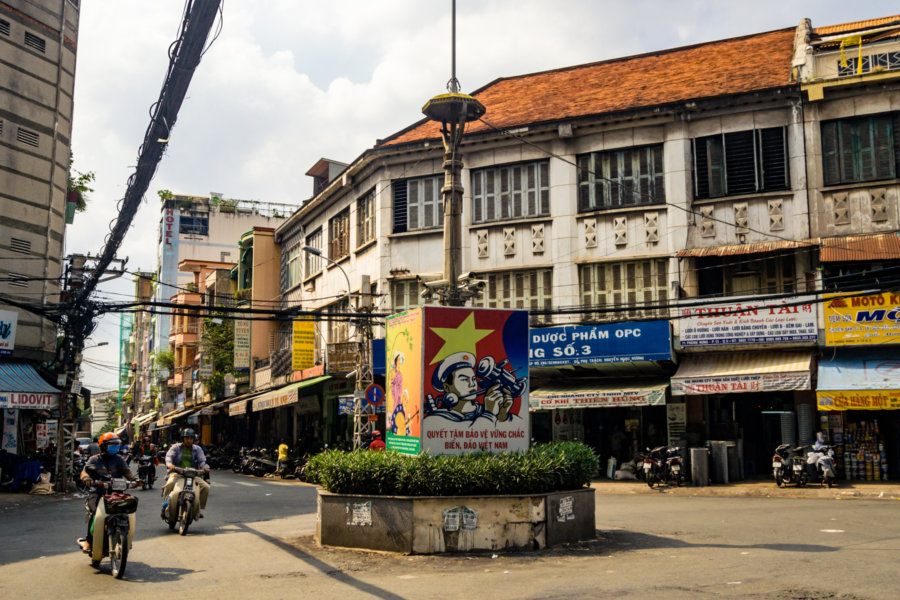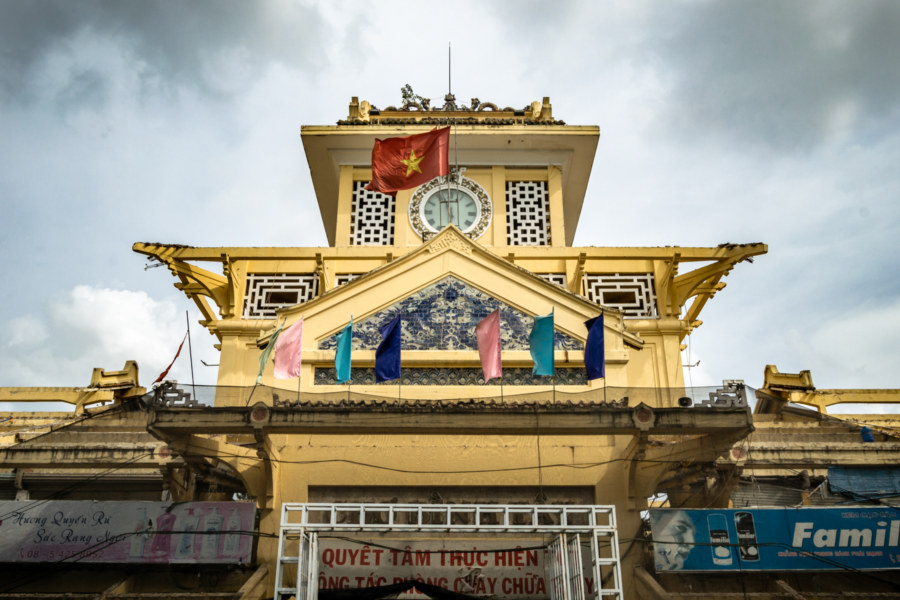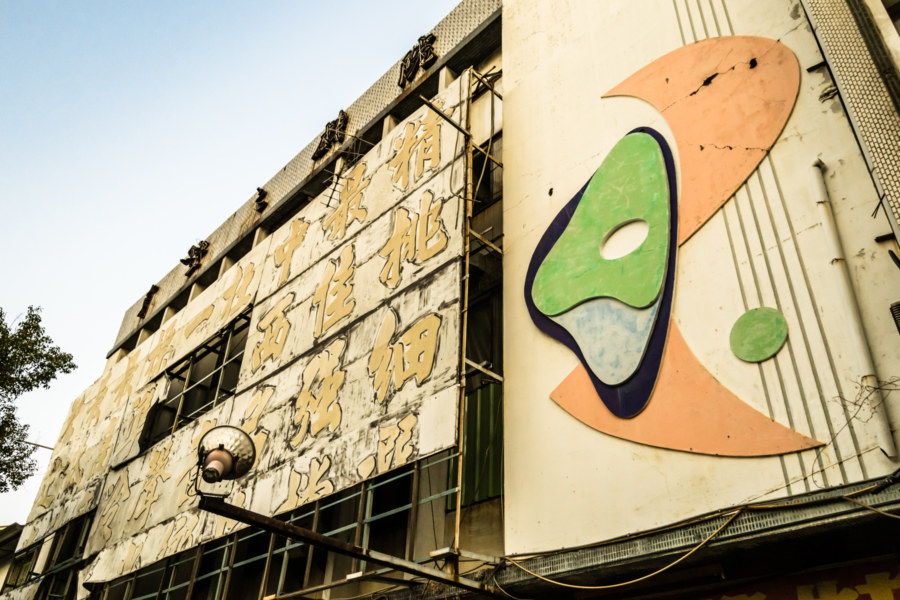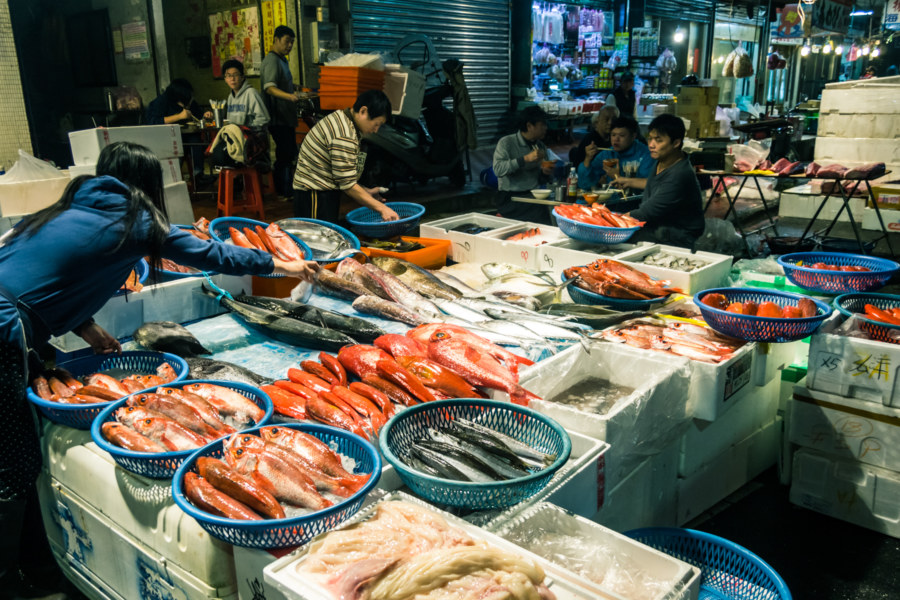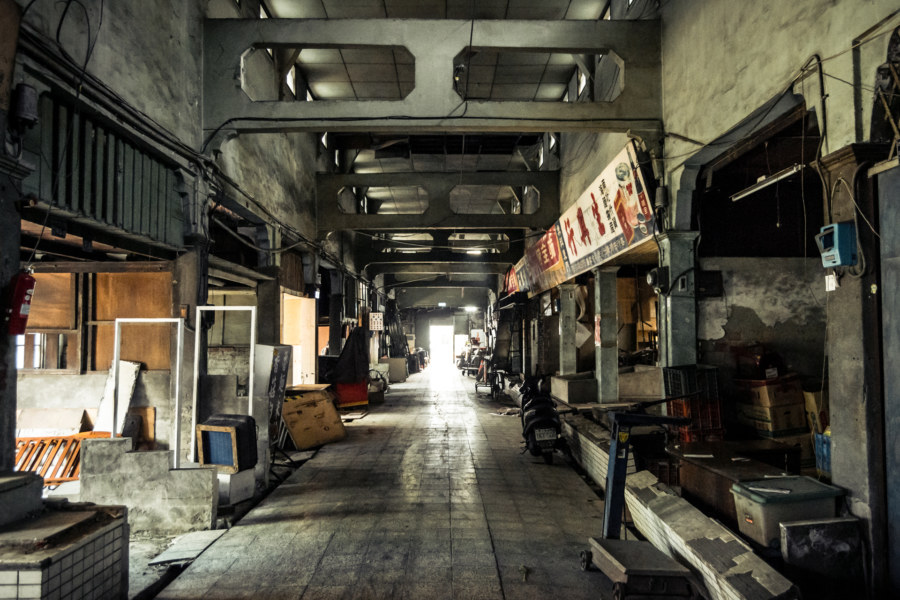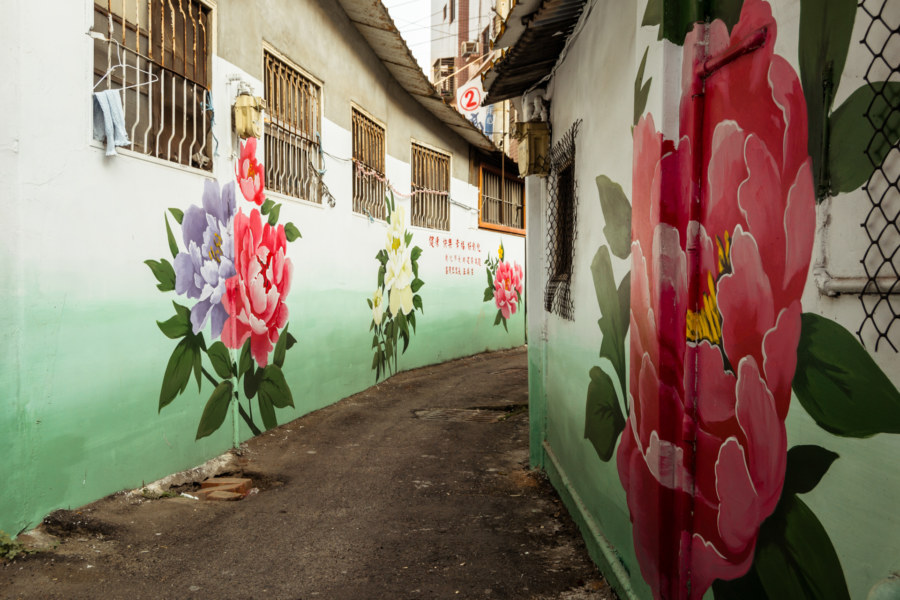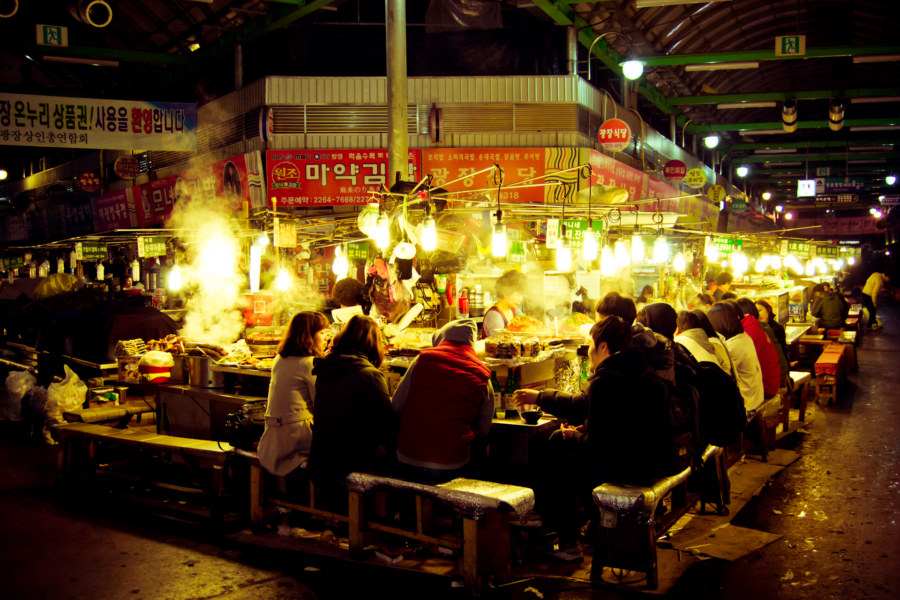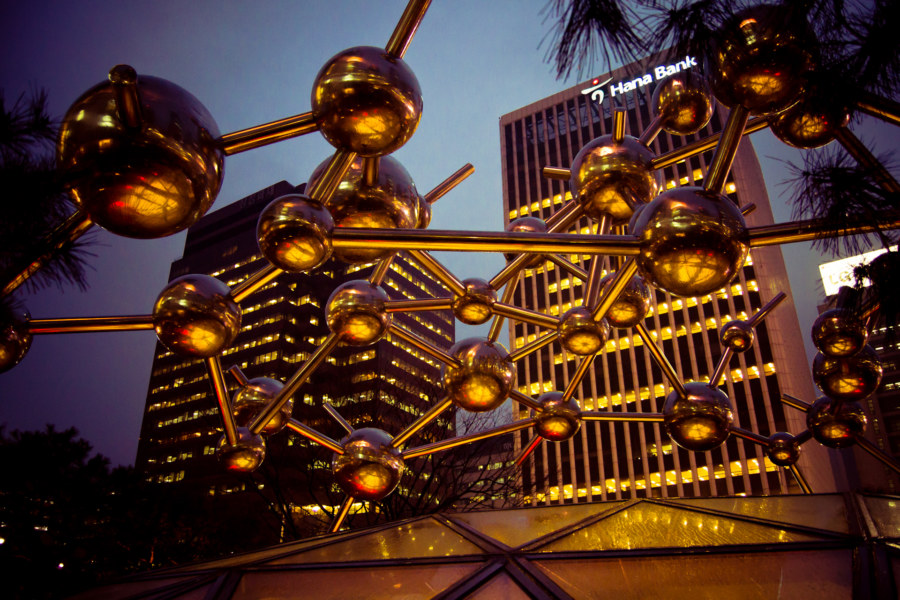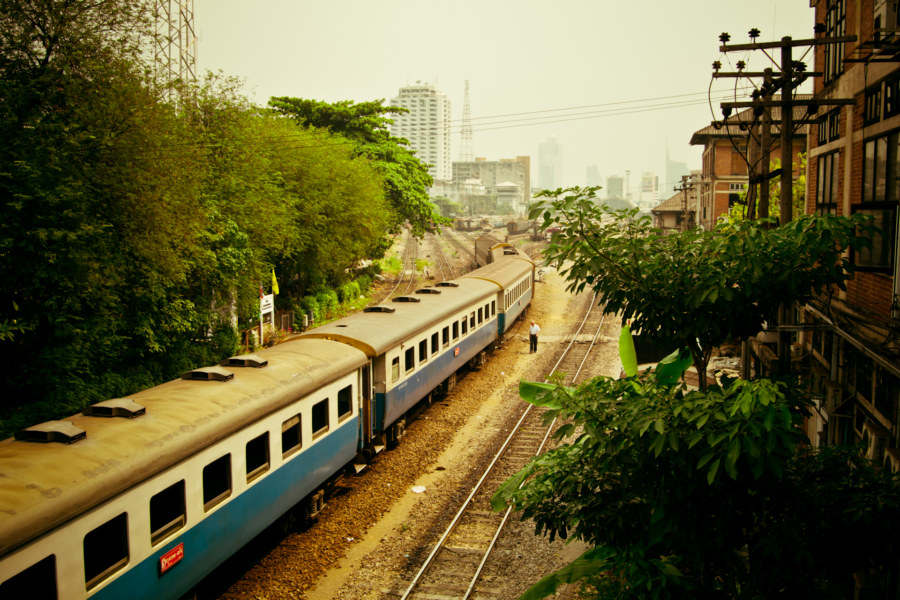Yuanlin is a modest settlement of approximately 125,000 residents located on the Changhua Plain (彰化平原) in eastern Changhua, Taiwan. It was formerly the most populous urban township in the nation, but Yuanlin was upgraded to a county-controlled city in 2015, second only to the administrative capital, Changhua City. Considerable work has been done in recent years to improve the urban environment of Yuanlin, and it feels like one of the few places between Taichung and Tainan that isn’t falling into disrepair and emptying out. That being said, urban decay remains widespread in Yuanlin, and there are many interesting ruins worth exploring before they disappear. For students of city planning and development this compact city also has quite a lot to offer—and in this post I aim to introduce some of its more intriguing features, mainly drawing upon photographs from 2013 to 2015, when I was spending significant amounts of time in the area.
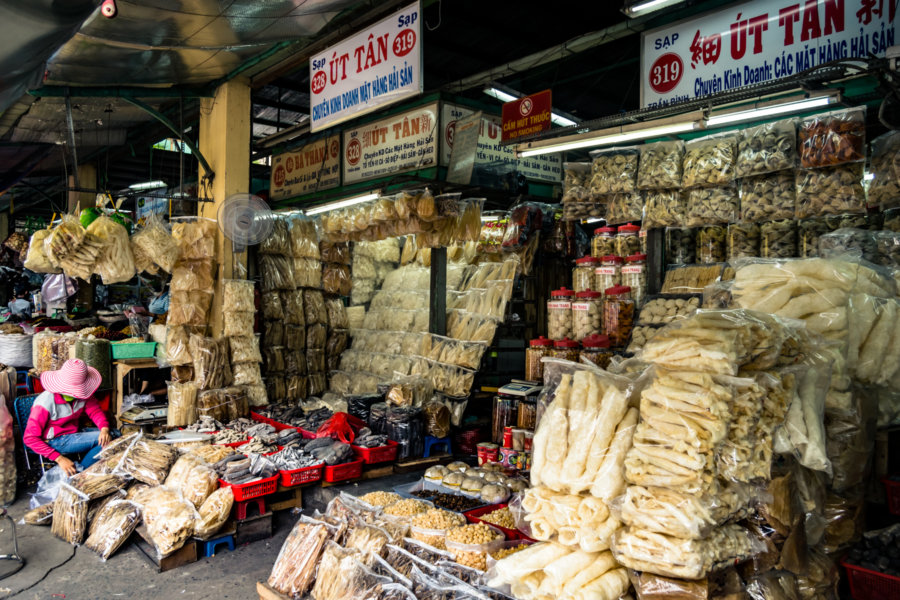
Places of commerce and exchange.
Adjacent Terms
Postcards From Cholon
Cholon is a historic Chinatown west of old Saigon in Ho Chi Minh City, Vietnam. I visited the area on three occasions in 2017, intent on wandering around and capturing some pictures from the streets. Previously I published an extensive report on the Chinese temples of Cholon, including some detail about the history and demographics of the area, so I won’t repeat myself in this post. Instead, I’ll let the photos do the talking this time around…
Binh Tay Market
This week I am visiting Ho Chi Minh City, Vietnam, on another side trip from Taiwan. Six months ago I visited Hanoi and enjoyed my time there—check out this photo gallery for a comprehensive overview—so I’m hoping to repeat the experience in the emerging megacity further south.
My first walkabout brought me to District 5 in search of Cholon, HCMC’s historic Chinatown, which was originally a settlement separate from colonial Saigon. Cholon literally means “Big Market” so I made a point of visiting Binh Tay Market (Vietnamese: Chợ Bình Tây), which is just over the border in District 6. Along the way I noticed many temporary structures along the roadway so it was no great surprise to discover the famous market closed for what I would assume is renovation.
Dong’an Theater 東安戲院
Recently I added yet another theater to my growing catalogue of old school cinemas in Taiwan: the derelict Dōng’ān Grand Theater 東安大戲院 in East Tainan. This theater opened in 1969 and closed its doors not long after the turn of the millennium, another victim of changing consumer habits. I wasn’t able to find a way inside this theater so this post only features a handful of exterior shots and some links I chanced upon after conducting preliminary research.
Kanzaiding Fish Market 崁仔頂漁市場
Kànzǎidǐng Fish Market 崁仔頂漁市場 is supposedly the longest-running operation of its kind in northern Taiwan. Back in the Japanese colonial era the market was located along the banks of the Xùchuān River 旭川河 in Keelung, formerly a navigable canal running through the downtown core and emptying into the harbour. The name of the market is derived from a Taiwanese Hokkien term for the stone stairs that once lined the side of the canal; Kanzaiding literally means “top of the stairs”. The Japanese built a pier in the late 1920s, making it easy for fishermen to offload their catch next to the market, and convenient access to the railway network encouraged its growth.
Tainan West Market 台南西市場
West Market 西市場 is a historical site in downtown Tainan dating back to the earliest years of the Japanese colonial era. The first market building at this location was constructed in 1905, back when it fronted onto the milkfish farms of the Táijiāng Lagoon 台江內海. It suffered extensive damage when a catastrophic typhoon struck Tainan in August 1911. An expanded L-shaped structure was built in 1912, making it the largest market in southern Taiwan, but this was damaged by another typhoon in 1920, leading to another round of reconstruction, the results of which are still standing today. The old marketplace remains a hub of commercial activity in this part of the city—but many of its stalls were neglected or abandoned by the mid-2010s, when many of the photos in this article were captured. Presently the old market enjoys heritage status—and an extensive restoration effort was completed in 2020, transforming it into a bright and airy space.
Postcards From Changhua City 1 彰化市明信片一號
I moved to Changhua City in November 2014 to see what it’s like living in a traditional town in central Taiwan. I had an interesting time staying in Tainan for three months earlier that year so I figured why not give Changhua a shot for the wintertime? Changhua is nowhere near as lively and interesting as Taiwan’s old southern capital but it is not without charm. Here I have gathered up some of the more representative images I captured during my first two months of residency, mostly of the area immediately to the east of the train station, which also happens to be the oldest part of town. Explanations are given in the caption of each photo, where available.
Seoul After Dark
I spent a great deal of my time in Seoul wandering around after dark. Here are some of the images I captured in that time, invariably a mix of glowing neon lights and empty alleyways.
Learning to Love Kimchi
Monday, my third day in Seoul, was a series of accidental misadventures and surprise insights. Despite the intensive scheduling of the previous day, much of what transpired was entirely unplanned. I woke up late and went to cash a bunch of traveller’s cheques that I had originally purchased for emergency use in India. It seemed like a simple enough task but it was anything but. I visited nearby Woori Bank where I was told to wait for a teller in the business section. I languished in a chair for a half hour with only a single person in front of me, a woman. The customers already being served by the tellers were taking their sweet time for no reason that I could discern. I waited patiently, not knowing what to make of it.
Visions of Bangkok 2
More photos from in and around Bangkok, this time focusing on transportation and commerce.
